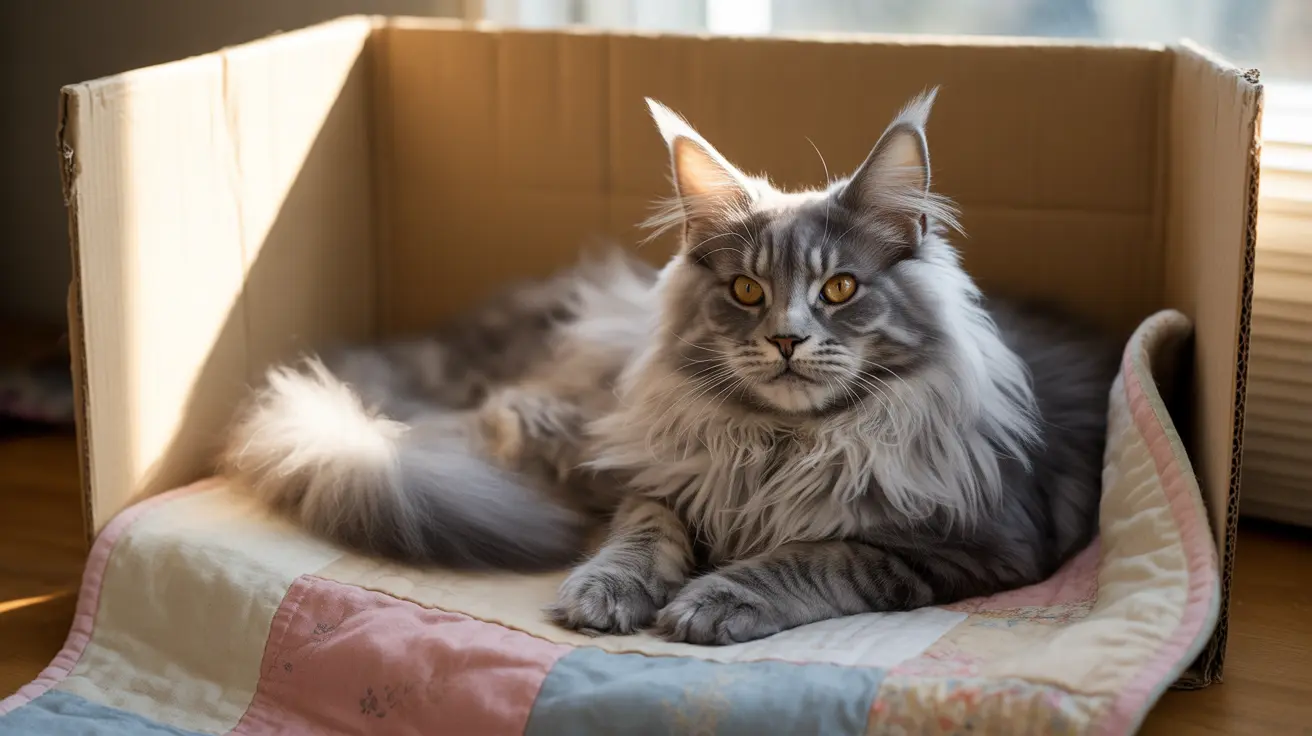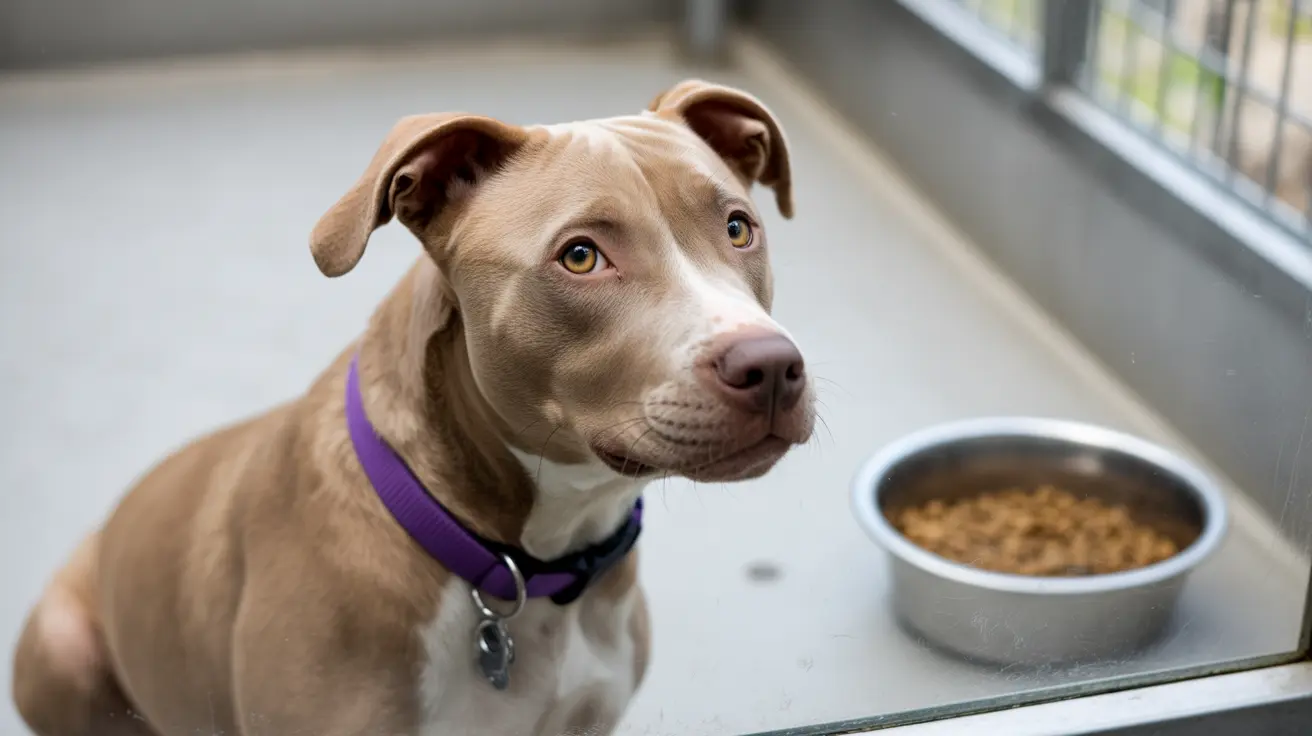Understanding Entropion in Dogs: Causes, Symptoms, and Treatment
Entropion is the most common eyelid abnormality seen in dogs. It's a condition where the eyelid—either upper, lower, or both—rolls inward. This causes eyelashes and tiny hairs on the eyelid to rub directly against the cornea, which is the clear surface of your dog's eye. That constant friction doesn't just cause discomfort; it can lead to serious problems if left untreated.
How Entropion Develops
Most cases of entropion are hereditary or developmental. You'll see it most often in young, growing dogs (typically under one year old). However, it can also develop secondarily due to other issues like eye irritation, injury, scarring, or even excessive skin around the eyes—something that's common in some breeds and older or overweight animals.
Certain breeds are much more likely to develop hereditary entropion because of their genetics or facial features. These include:
- Shar Pei
- Chow Chow
- St. Bernard
- Bulldog (English and French)
- Golden Retriever
- Boxer
- Pug
- Bloodhound
- Bullmastiff
- Cocker Spaniel
This isn't an exhaustive list—many other breeds with loose facial skin or specific skull shapes are at risk. Selective breeding for these features increases their susceptibility.
Secondary Causes of Entropion
While genetics play a big role for some dogs, any breed can develop secondary entropion. Causes include:
- Corneal ulcers (which can make eyelids spasm inward)
- Nerve damage affecting facial muscles
- Surgical scars or trauma near the eye
- Skin diseases that thicken skin around the eyes
- Dramatic weight loss causing loose skin folds (especially in older pets)
Symptoms: What Should You Watch For?
The signs of entropion are hard for pet owners to miss. You might notice:
- Excessive tearing (epiphora)
- Your dog squinting or keeping one/both eyes closed tightly
- Mucous discharge—goopy eyes that don't clear up easily
- Pawing at or rubbing their face/eyes frequently
- Redness or swelling around the eyes
- Visible blood vessels or brownish pigmentation on the cornea itself
If things progress without treatment, you may see recurring eye infections (conjunctivitis), repeated corneal ulcers, increased light sensitivity, and even behavioral changes like depression due to pain.
The Dangers of Untreated Entropion
If you ignore entropion, those inward-rolling lashes will keep scraping away at your dog's delicate corneal tissue. This leads to:
- Painful corneal ulcers and erosions
- Permanent scarring that clouds vision
- Bacterial infections inside the eye (sometimes requiring emergency care)
If ulcers become severe enough to rupture the eyeball, your dog could lose vision—or even require surgical removal of the eye.
Diagnosis: What Happens at the Vet?
Your veterinarian will diagnose entropion during a physical exam. They'll look for rolled-in eyelids and may use numbing drops so they can see if the lid resumes a normal position when discomfort is removed (helpful for distinguishing between hereditary and spastic forms). Tests like fluorescein dye staining check for corneal ulcers; other tests might assess tear production or intraocular pressure as needed.
Treatment Options for Entropion in Dogs
- Surgical Correction: Most hereditary cases—and significant secondary cases—require surgery. The standard procedure removes a narrow strip of skin from the affected eyelid before suturing it so that it rolls outward again. This is called blepharoplasty or Hotz-Celsus procedure.
- Temporary Tacking Sutures: In puppies or very young dogs whose faces are still growing, vets may place temporary stitches to hold lids outward until growth stabilizes.
- Nonsurgical Temporary Fixes: Sometimes hyaluronic acid injections offer short-term relief if anesthesia isn’t safe yet.
- Medical Management: Lubricating drops, artificial tears, antibiotics, and pain meds help protect healing corneas but won't fix entropion itself.
The amount of skin removed during surgery depends on each dog's needs; experienced surgeons tailor their approach carefully because over-correcting can cause ectropion (outward rolling), while under-correcting leaves some symptoms unresolved. Some complex cases need more than one surgery.
Caring for Your Dog After Surgery
Your vet will likely prescribe pain relief and antibiotics after surgery. Most dogs recover within 10–14 days; swelling goes down over a couple of weeks. An Elizabethan collar (cone) keeps your dog from rubbing their face while stitches dissolve naturally. Recurrence rates are low with proper technique but higher in breeds with lots of extra facial skin like Shar Peis.
Surgical Risks & Prognosis
No surgery is without risk—possible complications include infection, suture irritation, delayed healing, over- or under-correction requiring further procedures—but experienced veterinary surgeons minimize these issues. If treated before permanent damage occurs, prognosis is excellent; if scarring has already happened from ulcers or infection, some vision loss may be permanent.
Preventing Entropion in Dogs
- Avoid breeding affected animals since this condition is often hereditary.
- If your dog’s breed is prone to entropion, check their eyes regularly for redness or discharge.
- If you notice persistent squinting or tearing—even if mild—get your dog examined promptly by a vet to prevent complications.
- Treat any underlying health problems that could contribute to secondary entropion (like skin disease).
The Bottom Line on Entropion in Dogs
If you see signs like squinting, excessive tearing, redness around your dog's eyes—or if you own a breed known for loose facial skin—it’s smart to get them checked out early by your veterinarian. Early diagnosis and surgical correction give most dogs an excellent chance at comfortable vision for life!





